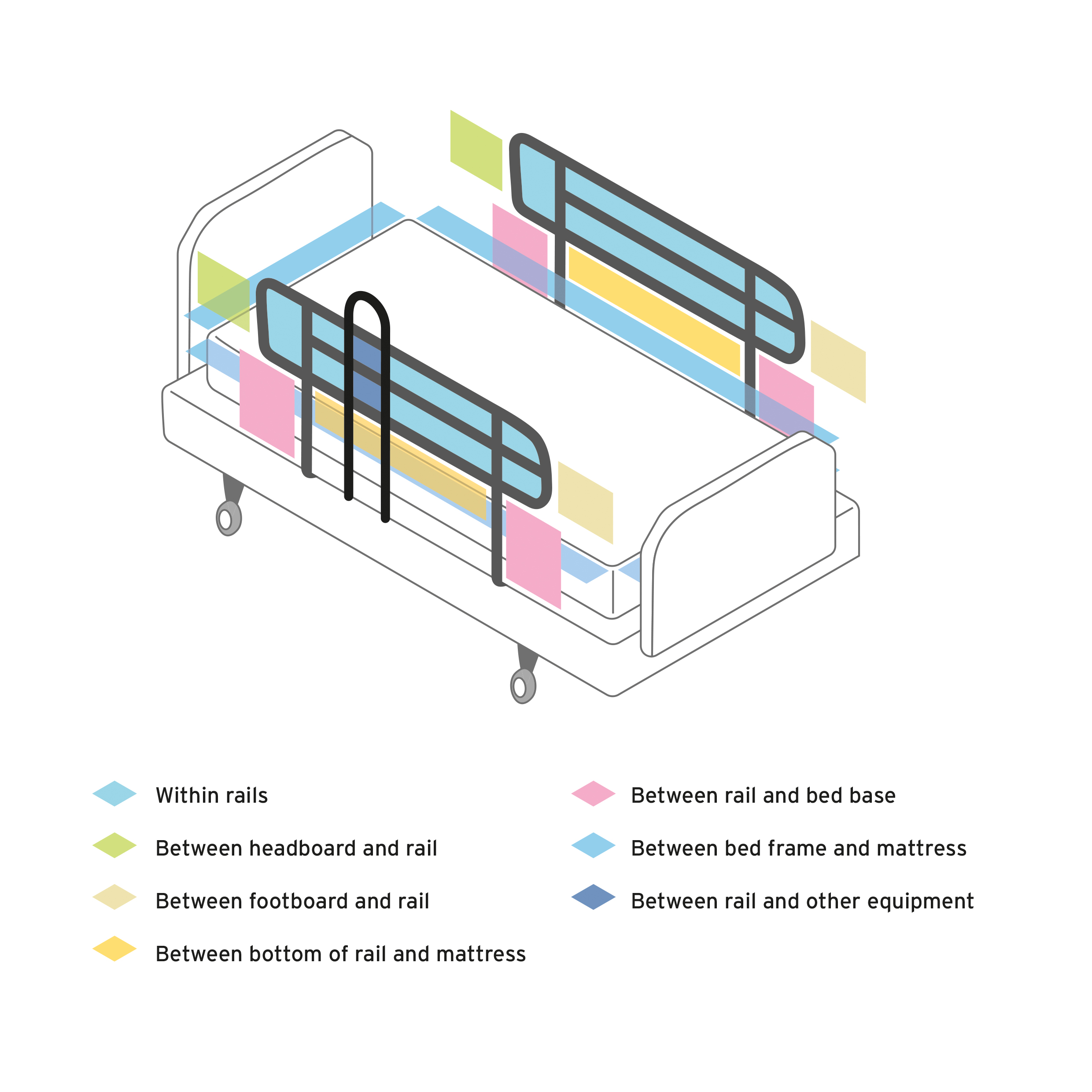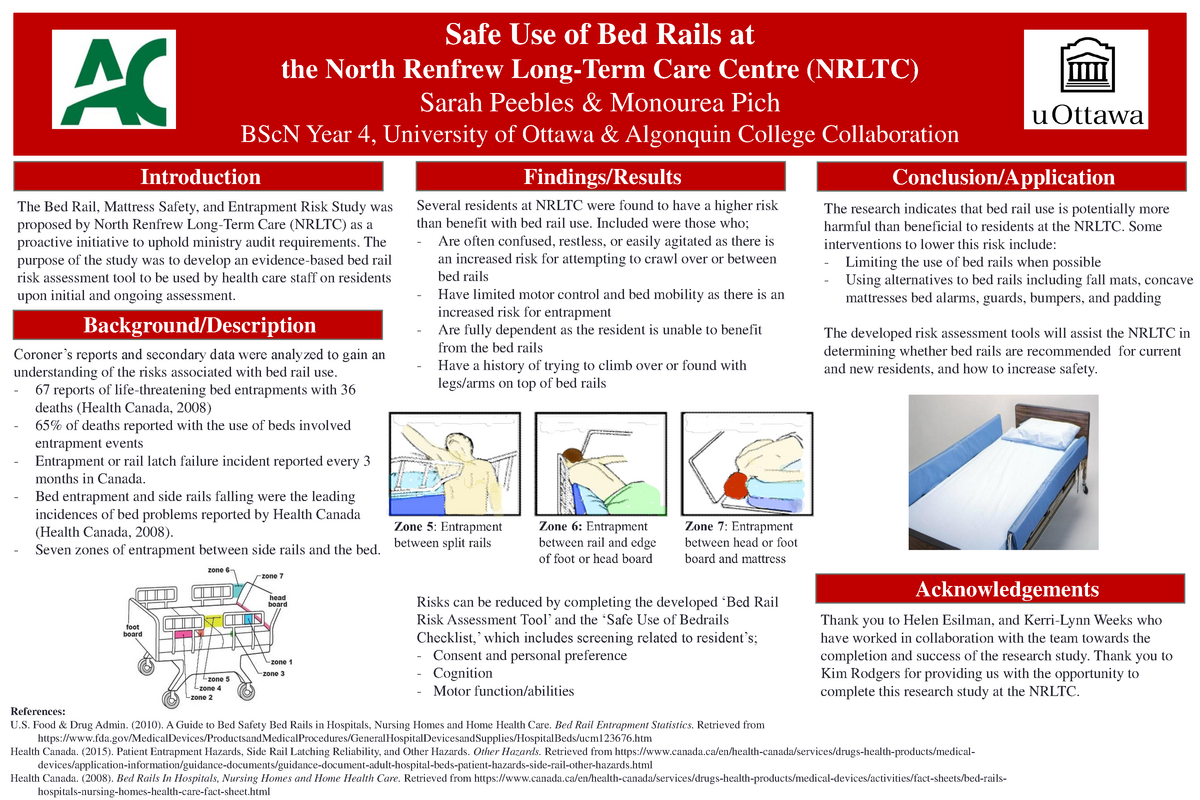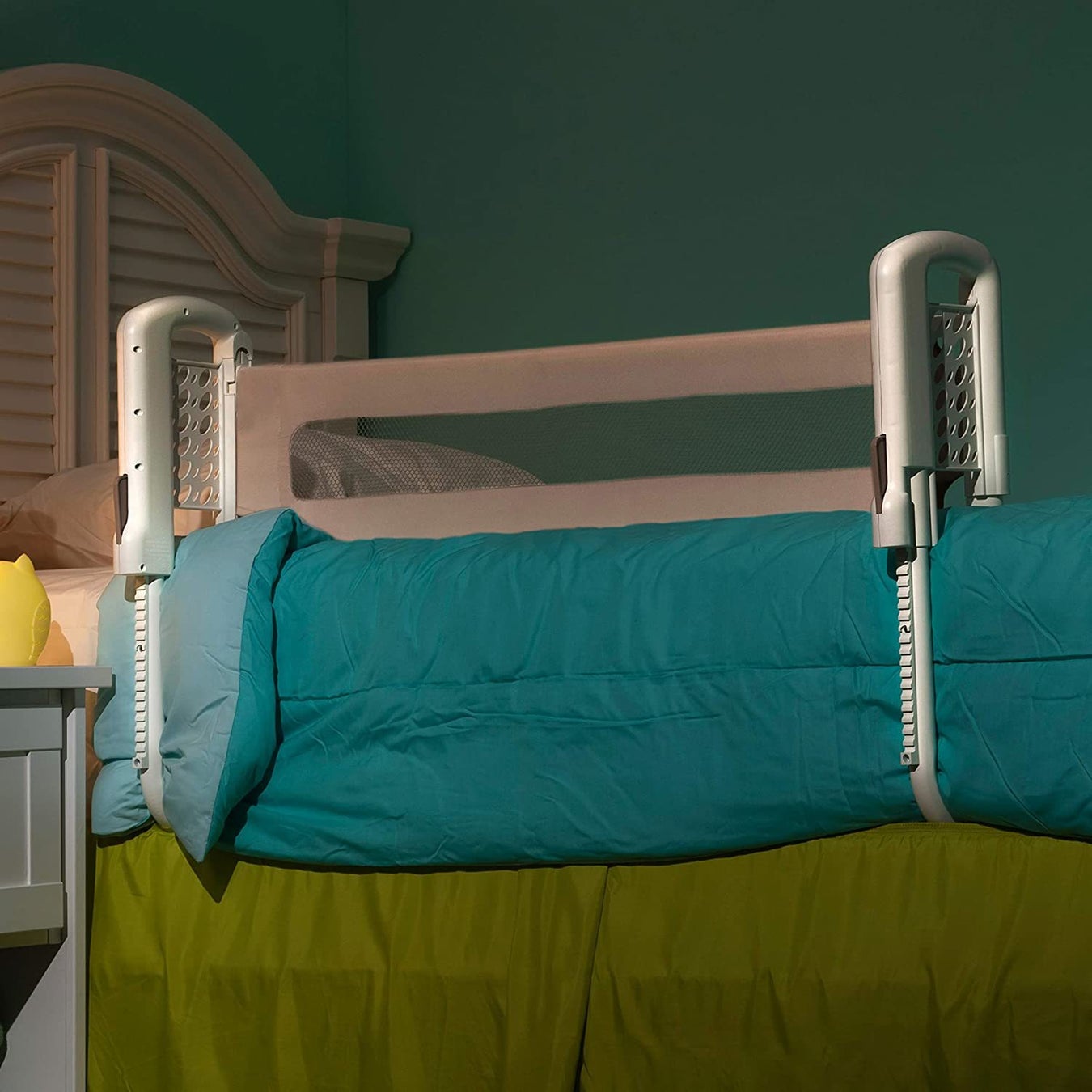Bed Rail Safety Brochure
Bed Rail Safety Brochure - Providing guidance, services, and strategies that make chicago a healthier and safer city. If the bed occupant is likely to fall from their bed, are bed rails an appropriate solution? • before using the bed rail, alternatives to bed rails were attempted but found not to meet the resident’s needs; • understand how to reduce the risks associated. Most patients can be in bed safely without bed rails. Potential risks of bed rails may include: • identify potential risks associated with bed rail use. This webpage contains information about the risks of adult portable bed rails, recommendations for their safe use, alternatives to bed rails, and how to report a problem with medical devices. Bed rail safety learning outcomes. Bed rails and grab bars are in use only if: • identify potential risks associated with bed rail use. Most patients can be in bed safely without bed rails. Does the bed occupant’s physical size and behaviour present a risk? “bed rails” are adjustable metal or rigid plastic bars that attach to the bed. Potential risks of bed rails may include: Most patients can be in bed safely without bed rails. However, their effectiveness is uncertain and bed rail entrapment can also result in injuries. A guide to bed safety: Bed rail safety learning outcomes. Is the bed rail suitable for. We will work with you to find. Is the bed rail suitable for. • understand best practice in using bed rails safely. Made of metal or plastic bars, rails may be raised and. This brochure discusses the benefits and risks of bed rails, as. Use beds that can be raised and lowered close to the floor to accommodate both patient and health care worker. Bed rails are the most common intervention designed to prevent patients falling out of bed; This brochure discusses the benefits and risks of bed rails, as. Follow the fda guidelines for bed rail safety, assess whether the device is appropriate. Does the bed occupant’s physical size and behaviour present a risk? • strangling, suffocating, bodily injury or death when patients or part of their body are caught between rails or between the bed rails and mattress. Bed rails in hospitals, nursing homes and home health care—the facts. Bed rails are the most common intervention designed to prevent patients falling out. • assessment of the risks of entrapment. Use beds that can be raised and lowered close to the floor to accommodate both patient and health care worker. Bed rails, sometimes called side rails, are meant to help patients turn, pull themselves up or get out of bed. Bed rail safety learning outcomes. Bed rails and grab bars are in use. If the bed occupant is likely to fall from their bed, are bed rails an appropriate solution? Potential risks of bed rails may include: • assessment of the risks of entrapment. With its superior safety guardrail and sturdy standing assistance helping transfer out of bed, everyone can sleep peacefully knowing they or their loved one is protected through the night.. This brochure discusses the benefits and risks of bed rails, as. Strangling, suffocating, bodily injury or death when patients or part of their body are caught between rails or between the bed rails and mattress. • strangling, suffocating, bodily injury or death when patients or part of their body are caught between rails or between the bed rails and mattress.. • assessment of the risks of entrapment. Potential risks of bed rails may include: In 2017, the us food & drug administration (fda) provided a national guidance brochure on bed rail use in hospitals, nursing homes, and home health care — yes, across the. Bed rails in hospitals, nursing homes and home health care—the facts. Use of rails as a. Use beds that can be raised and lowered close to the floor to accommodate both patient and health care worker. If the bed occupant is likely to fall from their bed, are bed rails an appropriate solution? In 2017, the us food & drug administration (fda) provided a national guidance brochure on bed rail use in hospitals, nursing homes, and. Most patients can be in bed safely without bed rails. • identify potential risks associated with bed rail use. Is the bed rail suitable for. Potential risks of bed rails may include: Made of metal or plastic bars, rails may be raised and. Bed rail safety learning outcomes. Bed rails in hospitals, nursing homes and home health care—the facts. Potential risks of bed rails may include: With its superior safety guardrail and sturdy standing assistance helping transfer out of bed, everyone can sleep peacefully knowing they or their loved one is protected through the night. Potential risks of bed rails may include: Is the bed rail suitable for. Follow the fda guidelines for bed rail safety, assess whether the device is appropriate for the individual, and educate the individual on the risks versus benefits. However, their effectiveness is uncertain and bed rail entrapment can also result in injuries. Use beds that can be raised and lowered close to the floor to accommodate both patient and health care worker. Made of metal or plastic bars, rails may be raised and. • understand how to reduce the risks associated. Never use bed rails for restraint purposes where “restraint” means preventing or hindering the patient within the bed from exiting the bed as they wish. Use beds that can be raised and lowered close to the floor to accommodate both patient and health care worker. Bed rails are the most common intervention designed to prevent patients falling out of bed; Bed safety it is common to have brochure questions or concerns about giving up bed side rails. “bed rails” are adjustable metal or rigid plastic bars that attach to the bed. Bed rails and grab bars are in use only if: If the bed occupant is likely to fall from their bed, are bed rails an appropriate solution? In 2017, the us food & drug administration (fda) provided a national guidance brochure on bed rail use in hospitals, nursing homes, and home health care — yes, across the. • identify potential risks associated with bed rail use. Bed rails in hospitals, nursing homes and home health care—the facts.3 Ways to Prevent Bed Rail Problems at Nursing Homes Regency Nursing
Stander 30" Home Safety Bed Rail Fall Prevention + Pivots Down Out of
A Guide to Bed Safety Bed Rails in Hospitals Nursing Homes and Home
Bed rails management and safe use GOV.UK
Bed Rail Regulations Your Guide › Harvest Healthcare
Poster on bedrail risk assessment Safe Use of Bed Rails at the North
Safety Railing For Beds For Seniors at Marilyn Stumpf blog
Bed Rail Safety Guidelines Hanaposy
Safety First Secure Top Bed Rail Safe Sleeping Aids Baby Factory
The Doctors FDA Bed Rail Guidelines & Preventing Bed Rail Entrapment
This Webpage Contains Information About The Risks Of Adult Portable Bed Rails, Recommendations For Their Safe Use, Alternatives To Bed Rails, And How To Report A Problem With Medical Devices.
Strangling, Suffocating, Bodily Injury Or Death When Patients Or Part Of Their Body Are Caught Between Rails Or Between The Bed Rails And Mattress.
Most Patients Can Be In Bed Safely Without Bed Rails.
• Assessment Of The Risks Of Entrapment.
Related Post:









